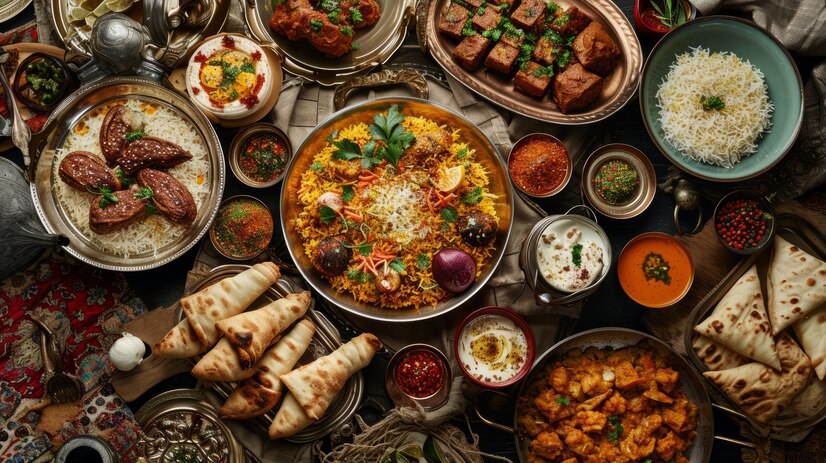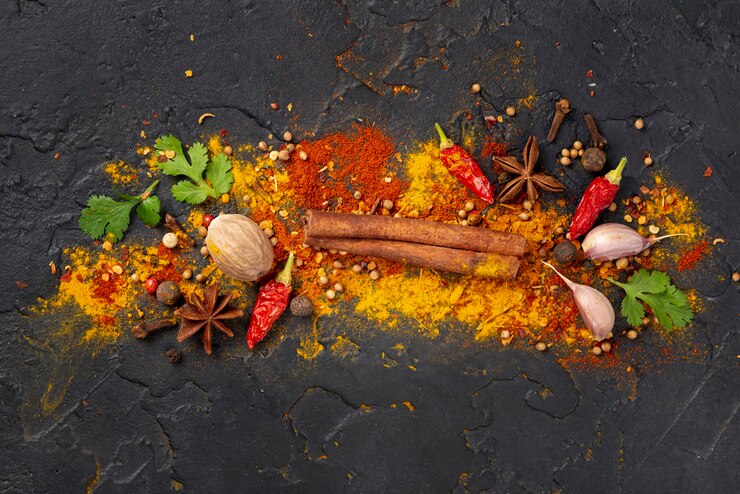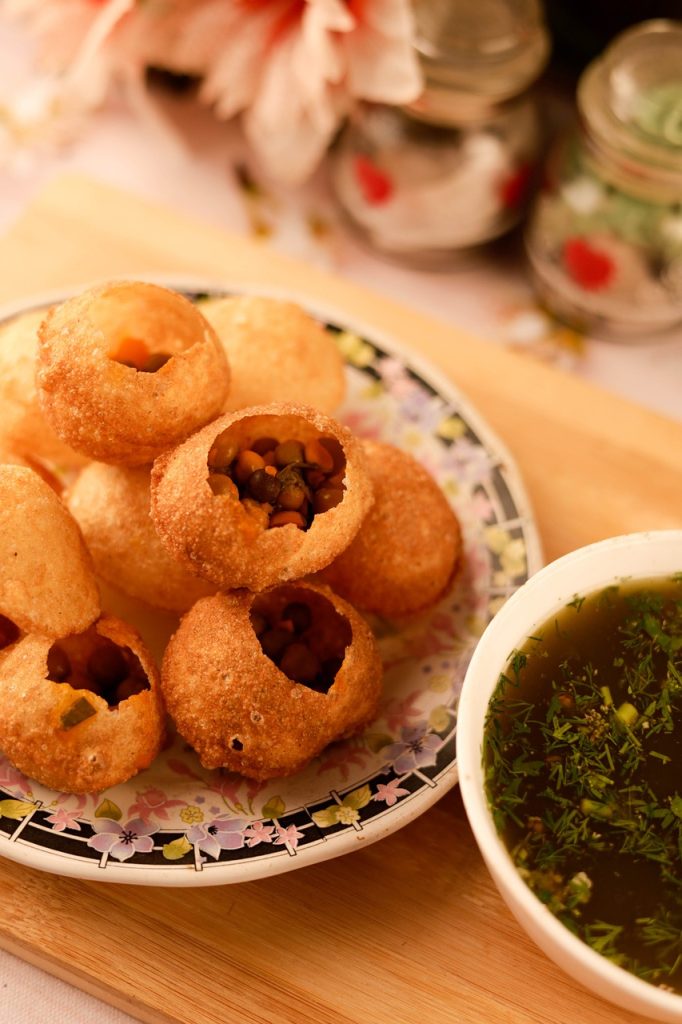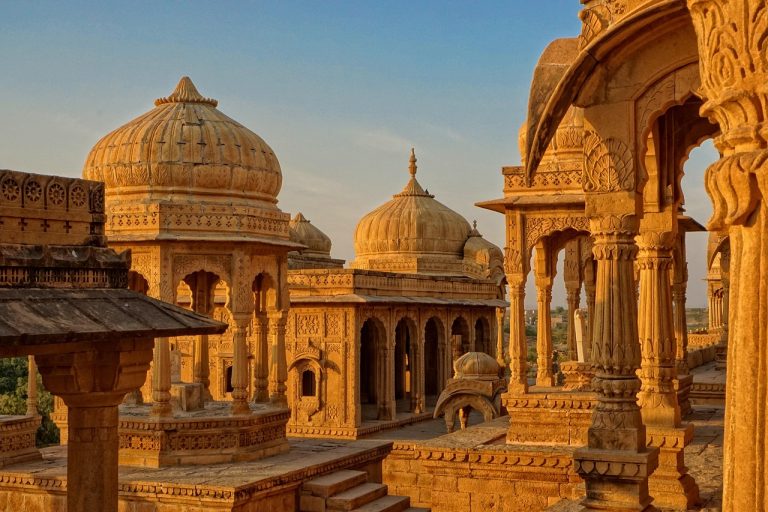1.Introduction
Embarking on a culinary journey through India is like diving into a vast ocean of flavors, aromas, and traditions. Known as the land of a thousand flavors, India’s diverse cuisine is a reflection of its rich cultural heritage and historical influences. Each region boasts unique dishes that tell the story of its people, their customs, and the land itself. Let’s explore the vibrant and mouth-watering world of Indian cuisine.
2.The Rich Culinary Heritage of India
Ancient Traditions
roots trace back to ancient times, influenced by Vedic traditions that emphasized balance and health through food. Ayurvedic principles have long guided Indian cooking, promoting the use of spices and herbs for their medicinal properties. This ancient knowledge has been passed down through generations, shaping the diverse culinary practices seen today. [1]
Foreign Influences
India’s history of trade and conquest has brought various foreign influences to its culinary landscape. The Mughals introduced rich gravies, biryanis, and kebabs, while the Portuguese brought ingredients like tomatoes, potatoes, and chilies. The British influence is seen in tea culture and certain desserts. These influences have blended seamlessly with local traditions, creating a unique and diverse cuisine. [2]
Regional Flavors
North Indian Cuisine
North Indian cuisine is known for its rich, creamy gravies, tandoori dishes, and a variety of breads such as naan and roti. This region favors dairy products, including ghee, paneer, and yogurt, which add richness to the dishes.
Popular Dishes
Butter chicken, with its creamy tomato sauce, is a favorite globally. Naan, a soft and fluffy bread, pairs perfectly with any curry. Rogan josh, a fragrant lamb dish from Kashmir, showcases the region’s love for aromatic spices.
South Indian Cuisine
In the south, rice is a staple, often served with a variety of flavorful curries. Coconut, tamarind, and curry leaves are commonly used, giving the cuisine its distinctive taste. [3]
Popular Dishes
Dosa, a crispy rice pancake, is a beloved breakfast item, typically served with sambar (a spicy lentil soup) and coconut chutney. Biryani, a fragrant rice dish, is another highlight, with each city boasting its unique version.

East Indian Cuisine
Eastern India offers a unique culinary experience with its emphasis on fish, rice, and sweets. The region’s proximity to the Bay of Bengal ensures a plentiful supply of seafood.
Popular Dishes
Momos, a type of dumpling, are popular street food in the eastern regions. Fish curry, often prepared with mustard oil and spices, is a staple. Rasgulla, a syrupy dessert made from chenna (Indian cottage cheese), is a must-try.
West Indian Cuisine
Western India is home to diverse flavors, from the spicy curries of Maharashtra to the sweet and tangy dishes of Gujarat. The region is also famous for its vibrant street food culture.
Popular Dishes
Vada pav, often referred to as the Indian burger, is a spicy potato fritter sandwiched in a bun. Dhokla, a savory steamed cake made from fermented rice and chickpea batter, is a popular snack. Fish fry, particularly along the coastal regions, showcases the area’s love for seafood.
4.Vegetarian Delights
Vegetarianism holds a significant place in Indian culture, particularly due to religious and philosophical beliefs. As a result, Indian cuisine boasts a vast array of flavorful vegetarian dishes. [4]
Common Vegetarian Dishes
Paneer tikka, marinated and grilled cottage cheese, is a popular appetizer. Aloo gobi, a simple yet flavorful dish made with potatoes and cauliflower, is a staple in many households. Various dal (lentil) preparations offer a hearty and nutritious option for vegetarians.
5.Spices: The Heart of Indian Cuisine
Spices are integral to Indian cooking, providing depth and character to dishes. Each spice brings its unique flavor and health benefits, making Indian cuisine both delicious and wholesome.

Essential Spices
Turmeric, known for its vibrant color and health benefits, is a staple. Cumin adds a warm, earthy flavor, while coriander brings a subtle sweetness. Garam masala, a blend of spices, is used to enhance the aroma and taste of many dishes.
Spice Blends
Indian cuisine features complex spice blends like masalas, which are used in various dishes to create layers of flavor. Chutneys and pickles, made with fresh herbs and spices, add a burst of taste and are commonly served as accompaniments.
6.Indian Sweets and Desserts
Indian sweets, or mithai, are diverse and deeply rooted in cultural and religious traditions. Each sweet treat tells a story of celebration and joy.
Popular Sweets
Gulab jamun, deep-fried dough balls soaked in sugar syrup, are a favorite at festivals and weddings. Jalebi, a crispy and syrupy dessert, is often enjoyed during special occasions. Laddoo, made from various ingredients like chickpea flour or coconut, is another popular treat.
7.Indian Street Food
The vibrant street food scene in India is a must-experience for any food lover. Street vendors offer a variety of snacks that are both delicious and affordable.
8.Must-Try Street Foods
Pani puri, hollow fried dough balls filled with spicy water and tangy tamarind chutney, are a popular street snack. Samosas, deep-fried pastries filled with spiced potatoes and peas, are another favorite. Chaat, a collective term for various savory snacks, is known for its tangy and spicy flavors.

9.Indian Beverages
Traditional Indian beverages are an essential part of the culinary landscape, each with its own cultural significance and unique taste.
Popular Beverages
Masala chai, a spiced tea, is a daily ritual for many Indians. Lassi, a yogurt-based drink, can be sweet or savory and is perfect for cooling down on a hot day. Filter coffee, popular in South India, is strong and aromatic, providing a perfect start to the day.
10.Conclusion
Exploring Indian cuisine is like taking a flavorful journey through its rich history and diverse cultures. From hearty curries to delicate desserts, every dish offers a new experience and a deeper understanding of India’s culinary heritage. So, dive in, experiment with recipes, and savor the vibrant tastes of India!
FAQs
1. What is the most popular Indian dish?
Butter chicken is often considered one of the most popular and beloved Indian dishes worldwide.
2. Is Indian food always spicy?
Not all Indian food is spicy; there are plenty of mild dishes, and you can always adjust the spice level to your preference.
3. What is a typical Indian breakfast?
A typical Indian breakfast might include dishes like idli, paratha, or poha, often served with chutney or yogurt.
4. How do I start cooking Indian food at home?
Start with basic recipes and essential spices. Gradually explore more complex dishes as you become comfortable with the flavors and techniques.
5. Are there many vegetarian options in Indian cuisine?
Yes, Indian cuisine offers a vast array of vegetarian options, making it a paradise for those who prefer plant-based meals.







